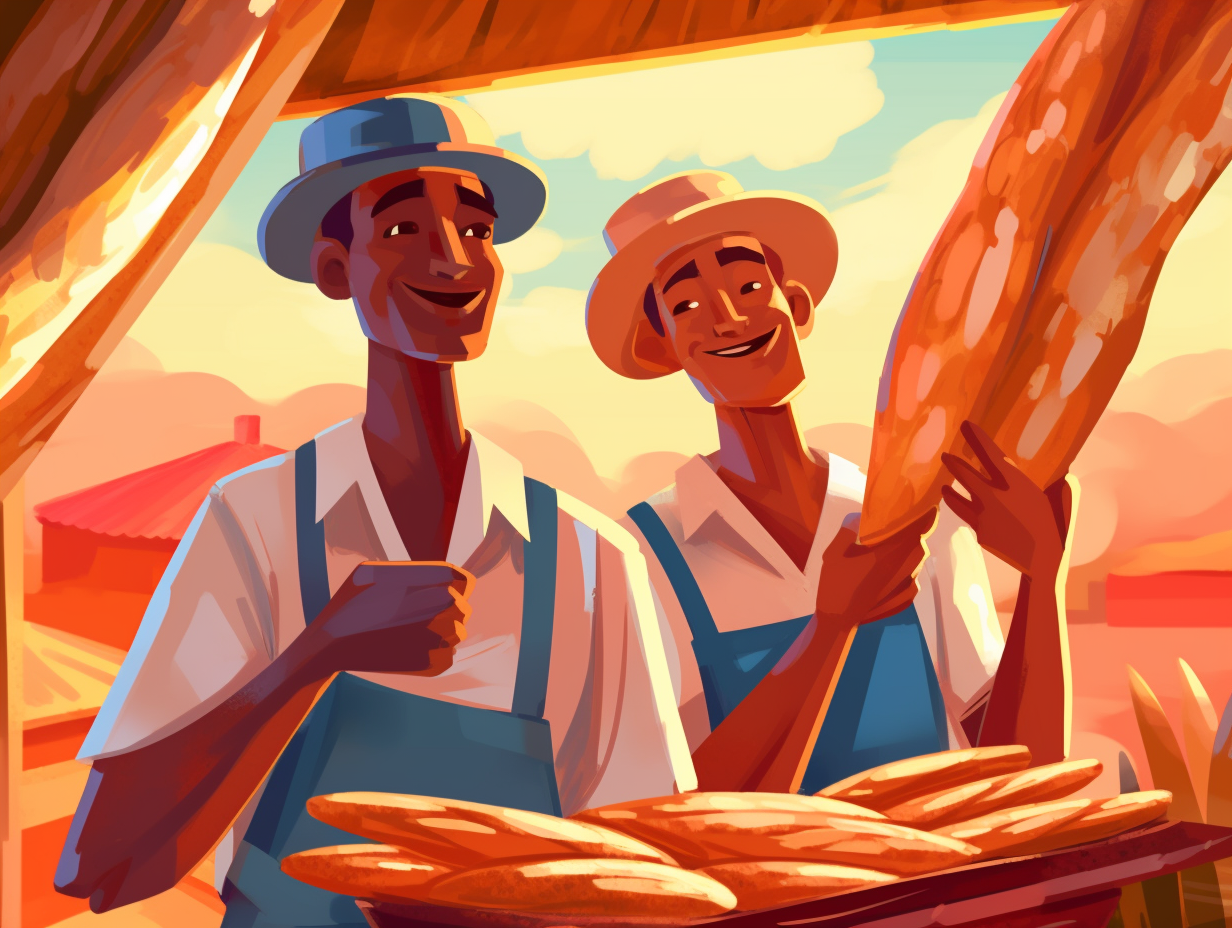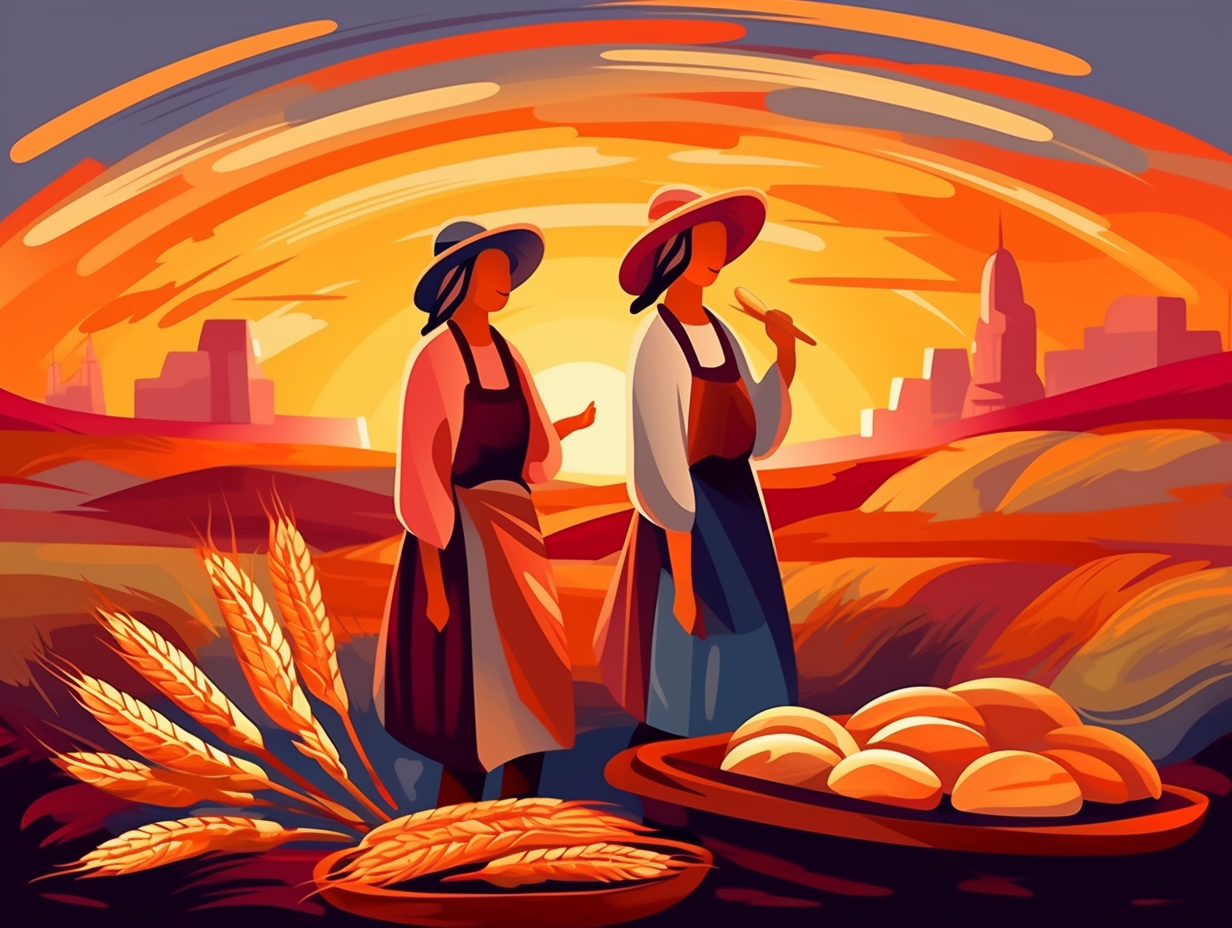Crusty Chronicles: 6 Scrumptious Fun Facts About the Iconic Parisian Baguette

1. 10 Billion Baguettes: A French Love Story
In a land where breaking bread is as French as, well, baguettes, it's no surprise that baguette-mania has reached staggering proportions: France's "Bread Observatory" reports that the nation's 67 million inhabitants collectively devour a whopping 10 billion baguettes a year, averaging half a loaf per person daily, which led French Culture Minister Roselyne Bachelot to nominate the cherished bread for UNESCO's Intangible Cultural Heritage List.
Source => newsweek.com
2. Long Live the Baguette: A Competitive Battle
Once upon a baguette in France, loaves of bread suffered from Napoleon Complex, wishing for longer lengths to ride the French Revolution's wave: The modern baguette, born from a 1920 French regulation and ever evolving with Viennese steam oven techniques and compact yeast, now finds its pride and honor in the annual Le Grand Prix de la Baguette competition – where nearly 200 bakers roll up their sleeves and battle it out for the coveted 40cm crown.
Source => en.wikipedia.org

Did you know ancient Egyptians used bread loaves as currency? Discover how they standardized sizes and nutritional values to ensure fair payment! 🍞💰
=> Fun Facts about Bread
3. French Bread vs. American "French Bread"
In a world where people are "rolling in the dough" and "breaking bread" with one another, there is one piece of French magic that stands the test of time, put simply, it's the "upper crust" of breads: Baguettes have been delighting taste buds worldwide for centuries and remain an emblem of French culture, with the recipe evolving over time but the shape and texture staying consistent since the 18th century. Interestingly, in the United States, "French bread" still refers to the iconic French baguette, even with the rise of ciabatta's popularity beyond its borders.
Source => briccosalumeria.com
4. Napoleon's Elongated Bread Order
Not just the stuff of bread and circuses, baguettes have been known to give Napoleon's troops a "French stick-arm": It is said that, during Napoleon's campaign, he ordered bread to be baked in elongated shapes so soldiers could easily carry it, leading to today's iconic baguette, which, in 1920, was officially regulated in France with a minimum weight of 80 grams and a maximum length of 40 centimeters. The baguette is now so deeply ingrained in French culture that it's proposed for UNESCO intangible heritage status, with over 10 billion consumed annually in France alone.
Source => purefrance.com

5. Baguettes: Minimalist Art in Edible Form
Breaking Bread, Parisian-style: Baguettes are like the long-lost cousin of minimalist art, using just four ingredients – flour, water, salt, and a leavening agent – to create a masterpiece of crusty, airy magnificence. These elongated loaves dance their way to completion through a choreography of kneading, ferments, and scoring before baking to perfection. And if you're wondering, yes – their spot on UNESCO's Intangible Cultural Heritage list confirms that they're not just another pretty face in the world of carbohydrate-rich delights.
Source => ich.unesco.org
6. Baguette Makeover: From Wide and Soft to Slim and Crusty
In the baguette world, size does matter: Once upon a crustier era, our beloved long, slim baguettes were actually wider, flatter, and flaunted softer crusts, only transforming into their stylishly slender, chewy, and crusty selves in the 1920s after much dough diligence.
Source => bakerpedia.com
Related Fun Facts




















